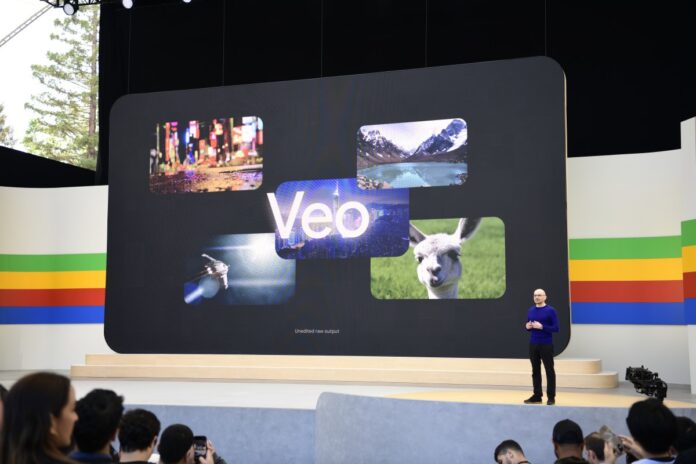Introduction to Google’s AI Research
Demis Hassabis, the CEO of Google’s AI research organization DeepMind, recently hinted that the company’s latest video-generating model, Veo 3, could potentially be used for video games. This suggestion was made in response to a post on social media, where a user asked Google to create a playable video game using Veo 3 videos.
The Possibility of Playable World Models
Hassabis’ response, "now wouldn’t that be something," was followed by a reply from Logan Kilpatrick, the lead product for Google’s AI Studio and Gemini API, who posted a series of emojis indicating excitement and intrigue. Although these posts are just playful suggestions, they do spark interest in the possibility of Google creating playable world models. A Google spokesperson stated that the company had nothing to share at the moment, but it’s not entirely impossible that Google could explore this avenue in the future.
What are World Models?
World models are different from video generation models. They simulate the dynamics of a real-world environment, allowing agents to predict how the world will evolve in response to their actions. Video generation models, on the other hand, synthesize realistic video sequences. Google has plans to turn its multimodal foundation model, Gemini 2.5 Pro, into a world model that simulates aspects of the human brain.
Google’s Plans for AI Models
In December, DeepMind unveiled Genie 2, a model that can generate an "endless" variety of playable worlds. The following month, it was reported that Google was forming a new team to work on AI models that can simulate the real world. Others, such as AI pioneer Fei-Fei Li, are also working on building world models. Li’s startup, World Labs, has built an AI system that generates video game-like, 3D scenes from a single image.
Veo 3 and its Potential
Veo 3, which is still in public preview, can create video and audio to accompany clips, including speech and soundtracks. While Veo 3 creates realistic movements by simulating real-world physics, it isn’t quite a world model yet. However, it could be used for cinematic storytelling in games, such as cutscenes, trailers, and narrative prototyping. To become a world model, Veo 3 would need to shift from a "passive output" generative model to a more active, interactive, and predictive simulator.
The Challenges of Video Game Production
The real challenge with video game production isn’t just impressive visuals; it’s real-time, consistent, and controllable simulation. To overcome this, Google might take a hybrid approach that leverages Veo and Genie in the future, should it pursue video game or playable world development. This could potentially give Google a competitive edge in the market.
Competitors in the Space
Google could find itself competing with other companies, such as Microsoft, Scenario, Runway, Pika, and eventually, OpenAI’s video-generating model Sora. Given Google’s planned moves in the world models space and its reputation for using its resources to drive innovation, competitors in this space would be wise to keep a close watch.
Conclusion
The possibility of Google creating playable world models using Veo 3 is an exciting one, and the company’s plans for AI models that simulate the real world are certainly promising. While there are challenges to overcome, Google’s resources and expertise make it a strong contender in the space. As the company continues to explore the potential of Veo 3 and Genie, it will be interesting to see how it develops and what impact it has on the world of video games and beyond.

